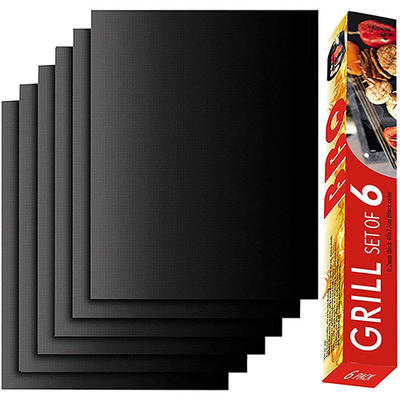 English
English-
 English
English -
 Español
Español -
 Português
Português -
 русский
русский -
 français
français -
 日本語
日本語 -
 Deutsch
Deutsch -
 Tiếng Việt
Tiếng Việt -
 Italiano
Italiano -
 Nederlands
Nederlands -
 ไทย
ไทย -
 Polski
Polski -
 한국어
한국어 -
 Svenska
Svenska -
 magyar
magyar -
 Malay
Malay -
 বাংলা
বাংলা -
 Dansk
Dansk -
 Suomi
Suomi -
 हिन्दी
हिन्दी -
 Pilipino
Pilipino -
 Türk
Türk -
 Gaeilge
Gaeilge -
 عربى
عربى -
 Indonesia
Indonesia -
 norsk
norsk -
 اردو
اردو -
 čeština
čeština -
 Ελληνικά
Ελληνικά -
 Українська
Українська -
 Javanese
Javanese -
 فارسی
فارسی -
 தமிழ்
தமிழ் -
 తెలుగు
తెలుగు -
 नेपाली
नेपाली -
 Burmese
Burmese -
 български
български -
 ລາວ
ລາວ -
 Қазақ
Қазақ -
 Euskal
Euskal -
 Azərbaycan
Azərbaycan -
 slovenský
slovenský -
 Македонски
Македонски -
 Lietuvos
Lietuvos -
 Eesti Keel
Eesti Keel -
 Română
Română -
 Slovenski
Slovenski -
 मराठी
मराठी -
 Српски
Српски
Factors affecting the characteristics of silicone baking mats
2022-08-29
Silicone baking mats are often used in household appliances, plexiglass, glass handicrafts, display stands and other places, especially now for the provision of food safety, the use of silicone baking mats has become more and more extensive, and the quality of silicone baking mats is affected by their characteristics. Now Suan Houseware factory introduce the characteristics of the silicone baking mat.

Viscosity
Explanation of technical terms: the volume characteristic of liquid, quasi-liquid or quasi-solid material against flow, that is, the internal friction or internal resistance of flow between molecules when flowing under the action of external force. Usually viscosity and hardness are proportional.
Hardness
The ability of a material to locally resist the pressing of a hard object into its surface is called hardness. Silicone rubber has a Shore hardness range of 10 to 80, which gives designers full freedom to choose the hardness required to best perform a specific function. Various intermediate hardness values ??can be achieved by mixing different proportions of polymer substrates, fillers and auxiliaries. Likewise, the time and temperature of heat curing can also change hardness without destroying other physical characteristics.
Tensile Strength
Tensile strength refers to the force per range unit required to cause a piece of rubber material to tear. The tensile strength of thermally vulcanized solid silicone rubber ranges from 4.0 to 12.5 MPa. The tensile strength of fluorosilicone rubber ranges from 8.7-12.1MPa. The tensile strength of liquid silicone rubber ranges from 3.6 to 11.0 MPa.
Tear strength
Resistance to the expansion of a cut or score when force is applied to a cut sample. Even if it is cut and placed under extremely high torsional stress, the thermally vulcanized solid silicone rubber can not be torn. The tear strength of thermally vulcanized solid silicone rubber ranges from 9 to 55 kN/m. The tear strength of fluorosilicone rubber ranges from 17.5-46.4 kN/m. Liquid silicone rubber has a tear strength range of 11.5-52 kN/m.
Elongation
Typically referred to as the "Ultimate Elongation at Break" or the percent increase relative to the original length when the sample breaks. Thermally vulcanized solid silicone rubber typically has an elongation range of 90 to 1120%. The general elongation of fluorosilicone rubber is between 159 and 699%. The general elongation of liquid silicone rubber is between 220 and 900%. Different processing methods and the choice of hardener can greatly change its elongation. The elongation of silicone rubber has a lot to do with temperature.
Operation time
The operating time is calculated from the moment the colloid is added to the vulcanizing agent. In fact, there is no complete boundary between this operation time and the latter vulcanization time. The colloid has already undergone the vulcanization reaction from the moment the vulcanizing agent is added. This operation time means that the 30-minute vulcanization reaction of the product can not affect the quality of the finished product. Therefore, the more time saved in the product operation process, the more beneficial to the finished product.
Vulcanization time
Some places will say it is curing time. That is to say, after such a long time, the vulcanization reaction of silica gel is basically over. This basically means that the product is ready to use, but in fact there is still a small part of the curing reaction that has not ended. Therefore, products made of silicone rubber, such as silicone molds, are usually put into use for a period of time.





